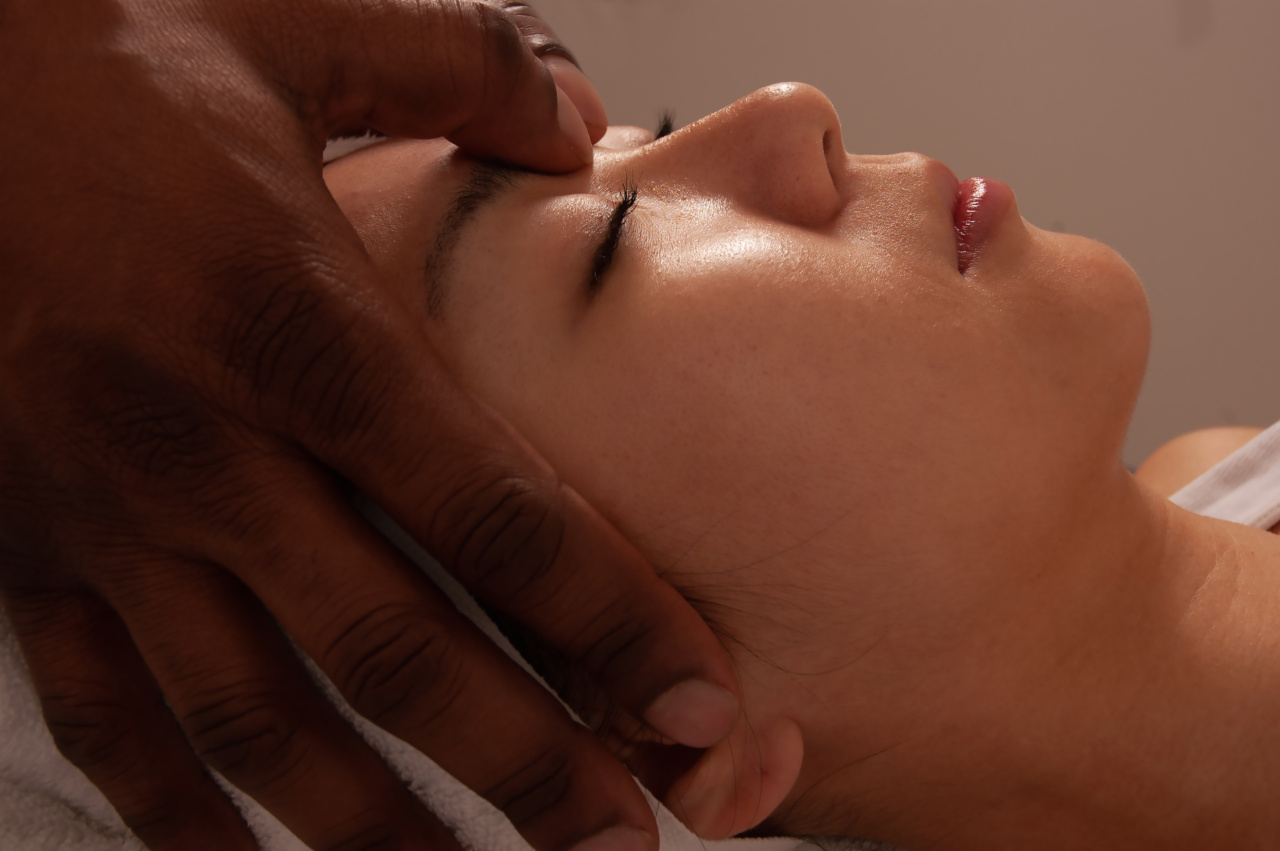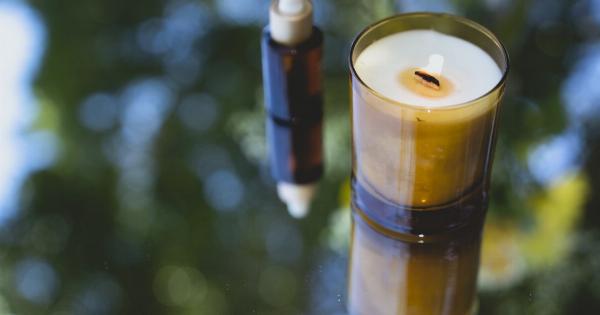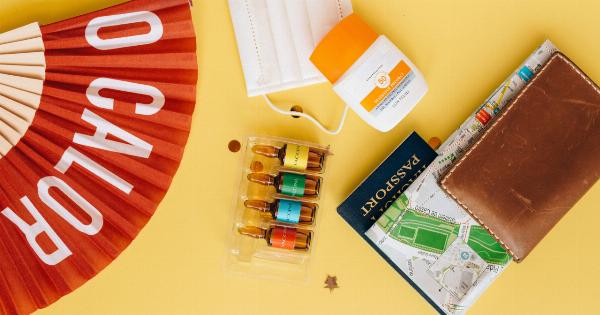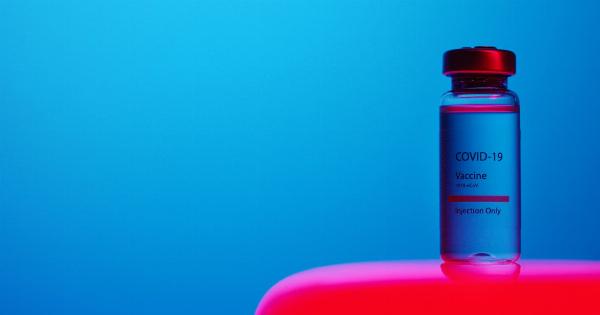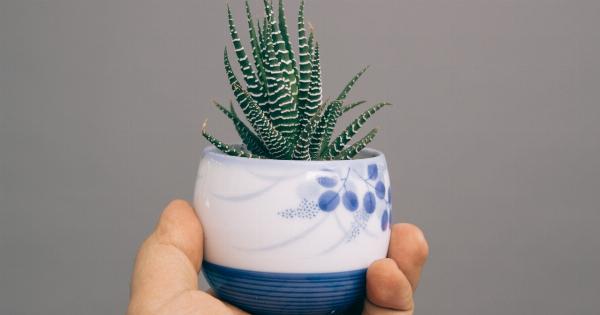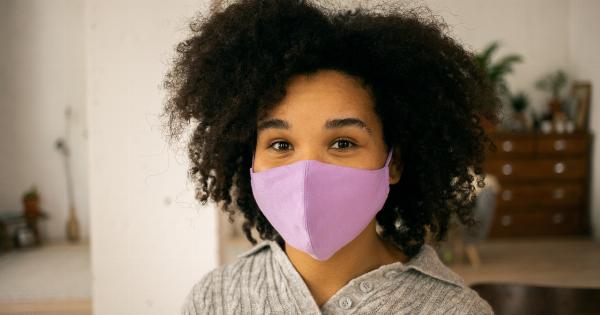Sunburn is a common condition that occurs when the skin is exposed to excessive ultraviolet (UV) radiation from the sun or other sources, such as tanning beds.
When the skin is exposed to UV radiation, it produces an increased amount of melanin, the pigment that gives the skin its color. This increased production of melanin is an attempt by the body to protect itself from further damage.
Symptoms of Sunburned Skin
After being exposed to excessive sun radiation, the skin may not immediately show signs of damage. However, within a few hours, the symptoms of sunburn may start to manifest. The most common symptoms of sunburned skin include:.
- Redness and inflammation of the skin
- Pain and tenderness
- Swelling
- Blisters
- Peeling of the skin
- Itching or a prickling sensation
- Fever and chills (in severe cases)
- Headache and fatigue (in severe cases)
Causes of Sunburn
The primary cause of sunburn is prolonged exposure to ultraviolet (UV) radiation from the sun. The sun emits three types of UV radiation: UVA, UVB, and UVC. Among these, UVA and UVB are the main culprits for sunburnt skin.
UVA radiation penetrates deeper into the skin and can cause long-term damage, while UVB radiation affects the outer layers of the skin and causes immediate visible damage in the form of sunburn.
Factors that can increase the risk of sunburn include:.
- Intense sunlight: Sunburn is more likely to occur in areas closer to the equator and during the peak hours of sunlight.
- Time of day: The sun’s rays are strongest between 10 am and 4 pm, increasing the risk of sunburn during these hours.
- Altitude: The higher the altitude, the greater the exposure to UV radiation.
- Reflection: Surfaces like water, sand, and snow can reflect UV radiation, intensifying its effects.
- Medications: Certain medications, such as antibiotics and some acne treatments, can make the skin more sensitive to the sun.
- Skin type: People with fair skin are more prone to sunburn due to lower melanin levels, which provide less natural protection against UV radiation.
Treating Sunburned Skin
If you find yourself with sunburned skin, it is essential to take immediate action to alleviate the discomfort and promote healing. Here are some effective ways to treat sunburn:.
1. Cool Compress or Cold Shower
Applying a cool compress to the affected area or taking a cold shower can help relieve the heat and reduce inflammation. The coolness helps to constrict blood vessels, reducing redness and swelling.
Avoid using ice directly on the skin as it may cause further damage.
2. Moisturize the Skin
Sunburn can cause the skin to become dry and dehydrated. Applying a moisturizer or aloe vera gel to the affected area can help soothe the skin and restore moisture.
Look for moisturizers that contain ingredients like aloe vera, hyaluronic acid, or chamomile, known for their calming and hydrating properties.
3. Hydrate, Hydrate, Hydrate!
Sunburn can cause dehydration, so it’s crucial to drink plenty of fluids. Opt for water, herbal teas, or electrolyte-rich drinks to replenish the lost fluids and help your body heal from within.
4. Over-the-Counter Pain Relief
If you’re experiencing discomfort or pain from sunburn, over-the-counter pain relievers like ibuprofen or aspirin can provide temporary relief.
Always follow the dosage instructions and consult a healthcare professional if you have any underlying health concerns.
5. Avoid Further Sun Exposure
After getting sunburned, it’s essential to avoid further sun exposure until the skin has fully healed. Stay in the shade, wear protective clothing, and use sunscreen with a high SPF to prevent further damage to your skin.
6. Keep It Loose
Wearing tight clothing or fabrics that rub against sunburned skin can cause further irritation and discomfort. Opt for loose, breathable clothing made from natural fibers like cotton or linen, allowing your skin to breathe and heal.
7. Resist Picking or Peeling
As tempting as it may be, avoid picking or peeling the skin affected by sunburn. Picking can lead to infections and delay the healing process. Let the skin naturally shed and heal on its own.
8. Soothing Baths
Taking a cool bath with added ingredients like oatmeal, baking soda, or chamomile can provide relief to sunburned skin. These ingredients have soothing properties and may help calm inflammation and reduce itching.
9. Use Sunburn Relief Products
There are numerous sunburn relief products available in the market, such as creams, gels, and sprays. Look for products containing natural ingredients like aloe vera, calendula, or lavender oil, known for their soothing and healing properties.
Be sure to read the product labels and follow the instructions for optimal results.
10. Consult a Healthcare Professional
If your sunburn is severe, covers a large area of your body, or is accompanied by severe symptoms like fever, nausea, or blisters, it is advisable to seek medical attention.
A healthcare professional can provide appropriate treatment and ensure proper care for your sunburned skin.
